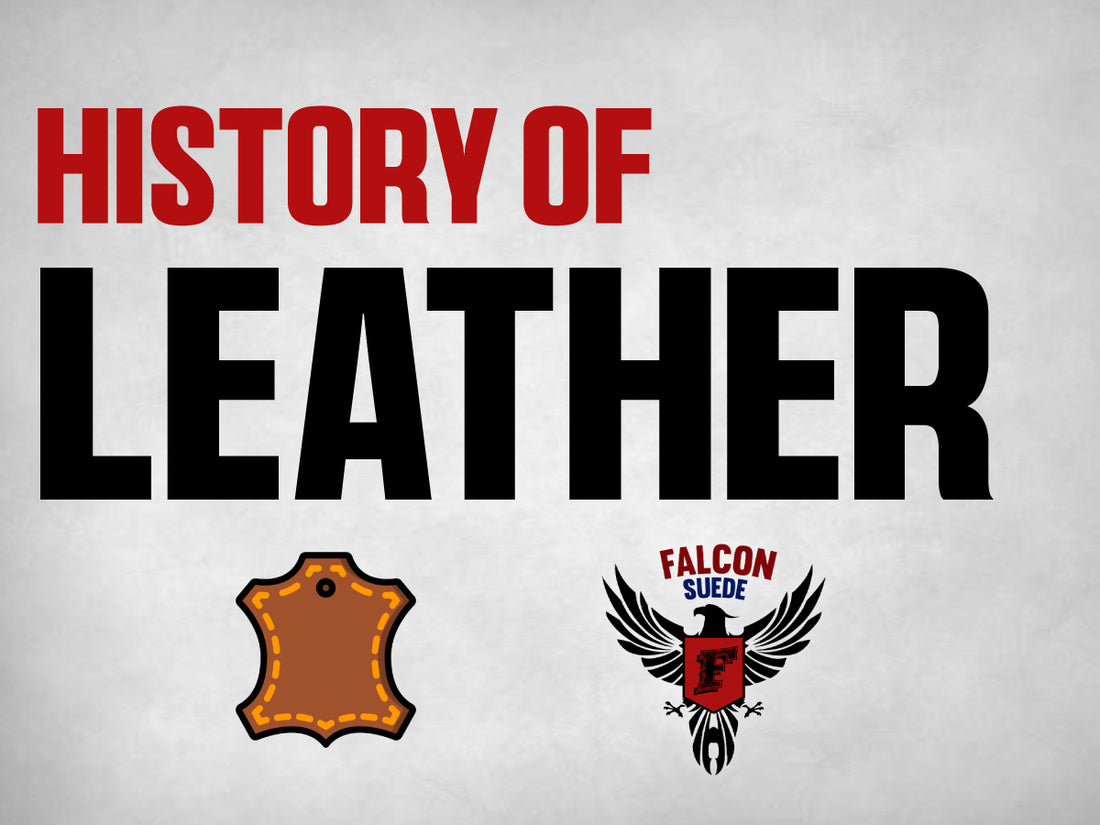Leather: a material synonymous with durability, style, and a touch of rebellion. But its journey from battlefield necessity to coveted fashion staple is a fascinating one, filled with evolution and innovation. This comprehensive guide delves into the rich history of leather, tracing its transformation across centuries and cultures.
Table of Contents
- Introduction: The Allure of Leather
- Ancient Origins: The First Uses of Leather
- From Protection to Prestige: Leather in Warfare and Armor
- The Rise of Craft: Leatherwork and Guilds in the Middle Ages
- Leather Across the Globe: Regional Variations and Techniques
- The Industrial Revolution: Mass Production and Leather's Accessibility
- The 20th Century and Beyond: Leather in Fashion and Function
- Conclusion: A Legacy of Enduring Style
Introduction: The Allure of Leather
Leather has captivated humanity for millennia. Its natural strength, flexibility, and weather-resistant properties made it an invaluable material for early civilizations. From crafting rudimentary clothing and shelters to constructing sturdy armor, leather played a crucial role in human survival and development. But beyond its practicality, leather also developed a unique aesthetic appeal. Its rich texture and warm tones resonated with people, laying the foundation for its future role in the world of fashion.
Ancient Origins: The First Uses of Leather
The earliest evidence of leather use dates back to around 1700 BCE. Archaeological finds reveal animal skins processed into leather for various purposes. Early humans likely stumbled upon the process of leatherworking by observing how animal hides naturally hardened upon drying. By experimenting with animal fats and vegetable tannins, they developed techniques to preserve and soften the hide, creating a versatile material.
From Protection to Prestige: Leather in Warfare and Armor
The development of leather armor marked a significant turning point in human history. Leather's strength and flexibility offered warriors crucial protection on the battlefield. From simple leather jerkins to elaborate cuirasses (chest armor), leather provided a vital defense against weapons and projectiles. As civilizations progressed, leather armor became more sophisticated, incorporating metal plates and intricate designs. It wasn't just about protection; elaborate leather armor also became a symbol of social status and military prowess.
The Rise of Craft: Leatherwork and Guilds in the Middle Ages
The Middle Ages witnessed the flourishing of leatherwork as a skilled craft. Leatherworkers, often organized into guilds, honed their techniques in tanning, dyeing, and tooling leather. They created a wide range of products, from sturdy boots and bags to luxurious gloves and belts. Leatherwork became an art form, with intricate patterns, embossing, and gilding adorning various objects. This era also saw the emergence of regional variations in leatherworking styles, reflecting the cultural influences and resources available.
Leather Across the Globe: Regional Variations and Techniques
Leather's journey through history is not a singular narrative. Different cultures across the globe developed unique approaches to leatherworking, utilizing readily available materials and reflecting their aesthetic preferences. In North America, Native American tribes used buffalo hides to create moccasins, clothing, and tipi coverings. In Europe, the use of vegetable tannins like oak bark resulted in a light brown leather, while Asian cultures often employed lacquering techniques to create a glossy finish. Exploring these regional variations paints a richer and more diverse picture of leather's historical significance.
The Industrial Revolution: Mass Production and Leather's Accessibility
The Industrial Revolution ushered in a new era for leather production. Technological advancements like chrome tanning accelerated the tanning process, making leather more readily available and affordable. This led to the mass production of leather goods, including footwear, luggage, and furniture. While the quality of leather might have varied, leather became more accessible to the masses, no longer solely associated with the elite.
The 20th Century and Beyond: Leather in Fashion and Function
The 20th century witnessed a significant shift in the use of leather. While its practicality continued to be valued in workwear and safety gear, leather also emerged as a prominent fashion statement. The rise of the motorcycle jacket cemented leather's association with rebellion and individuality. Fashion designers like Yves Saint Laurent and Alexander McQueen further elevated leather's status, creating iconic pieces that blurred the lines between utility and high fashion. Today, leather remains a versatile material, embraced by designers and consumers alike for its timeless style and enduring appeal.
Conclusion: A Legacy of Enduring Style
From humble beginnings as a practical solution for survival to a coveted symbol of fashion and rebellion, leather's history is a testament to its adaptability and enduring appeal. As we continue to explore new ways to utilize and innovate with leather, its legacy as a cornerstone of human ingenuity and style is certain to endure.

